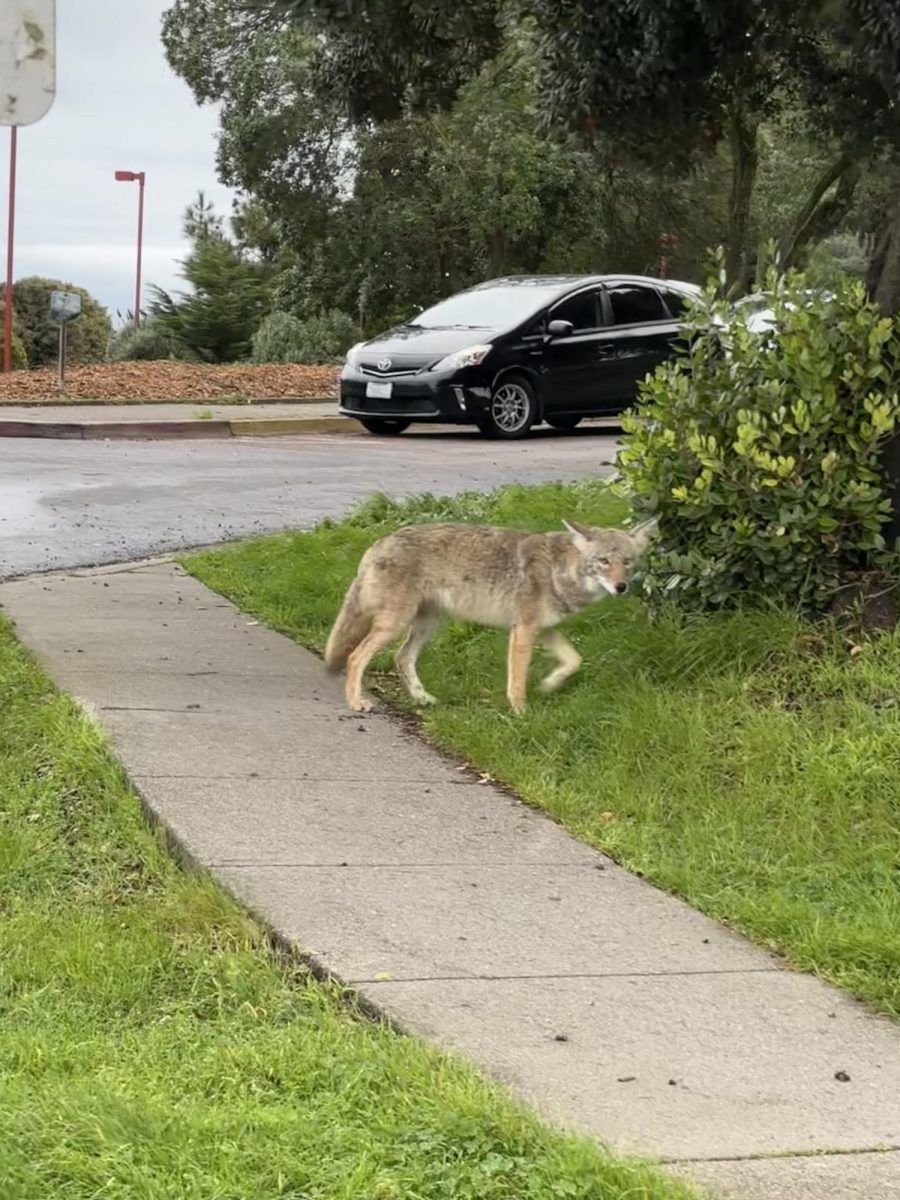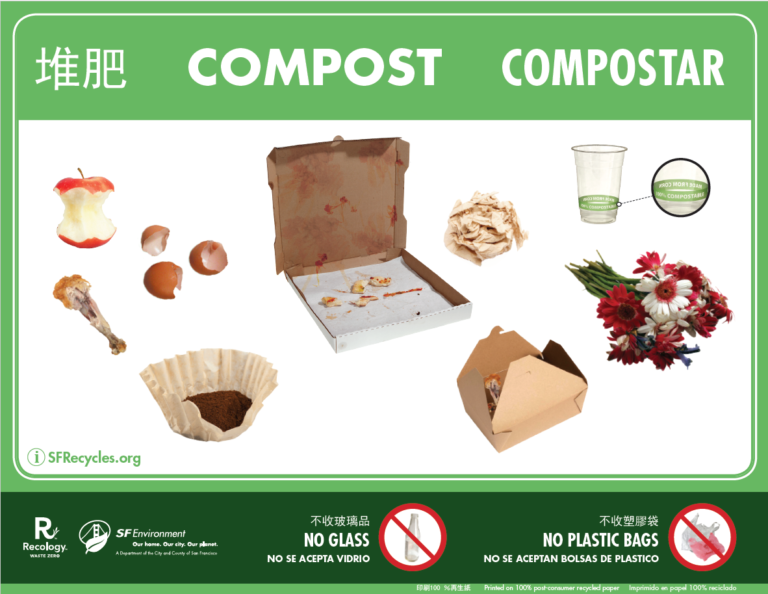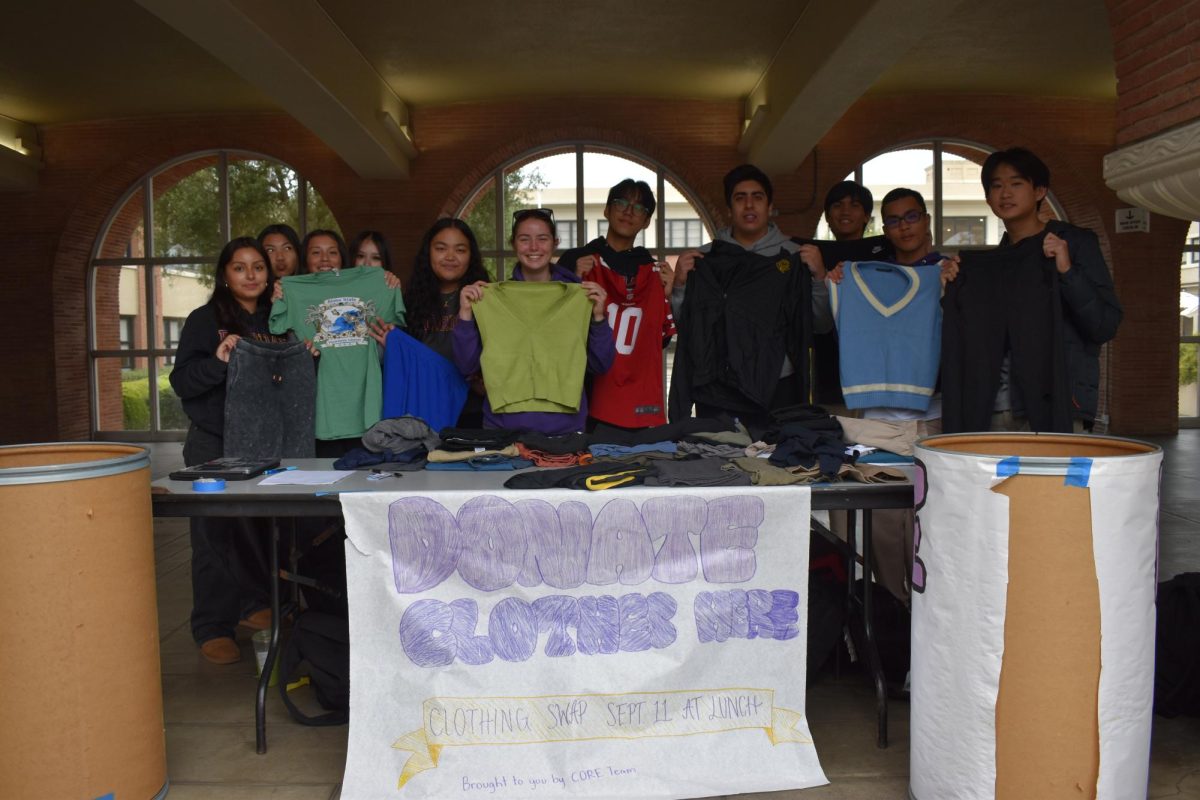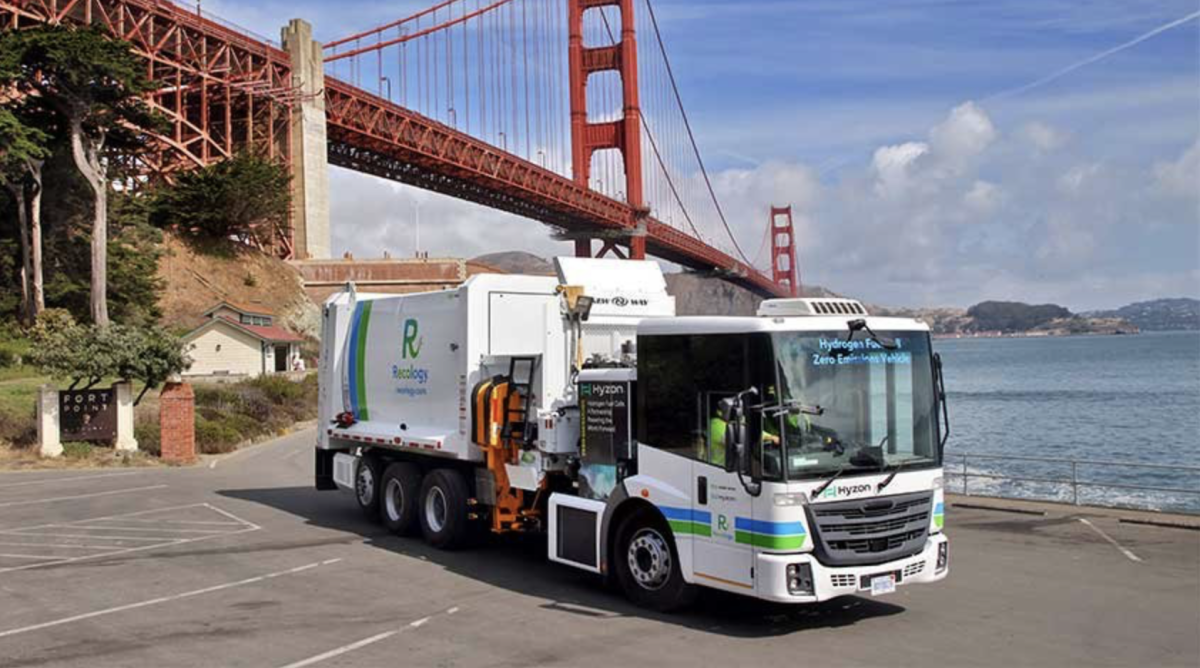Sitting at the highest point in San Francisco, Mt. Davidson is a staple landmark that can be seen from all points in the city. With the distinctive cross at the top of the mountain, many enjoy leisurely hiking up to enjoy fantastic views and a gorgeous, plant-filled hike, in such an urban city.
The plants that call this mountain their home are many. The monkey flowers, violets, and California poppies, makes for a beautiful place. Native plants help to enrich Mt. Davidson in a culture of pride and history. These plants and mountains are the home to birds, insects, and even raccoons. However, some of these plants are non-native to California and have been causing trouble.
The east side of the mountain is covered in blue gum forest and Himalayan blackberry scrubBoth of which are invasive vegetation. Intense wind has caused the tough blackberry shrubs to take over most of the dainty poppies and violets. Only 20% of the mountain remains native.
Efforts starting in the 1980s have pushed for removal of non-native plants. Though no city-wide action has been officially taken, local environmental groups go to the site and pull out these weeds to make clearance for native plants to flourish. Science teacher Colleen O’Rourke stated,“Many of the common non-native plants we have in San Francisco are severely damaging to the overall biodiversity of our environment.” These overpowering plants make it hard for the native ones to survive.
These plants have negative effects only, O’Rourke shares how “ice plants were originally brought into the area to try and reduce erosion around the WW2 bunkers along the coastline, but ironically ice plants actually increase erosion”.
Lots of continuous, unanimous effort will have to be taken to restore Mt. Davidson back to its original, fully native roots. Work will have to be done almost daily to ensure the invasive vegetation does not grow and all roots are pulled out.







